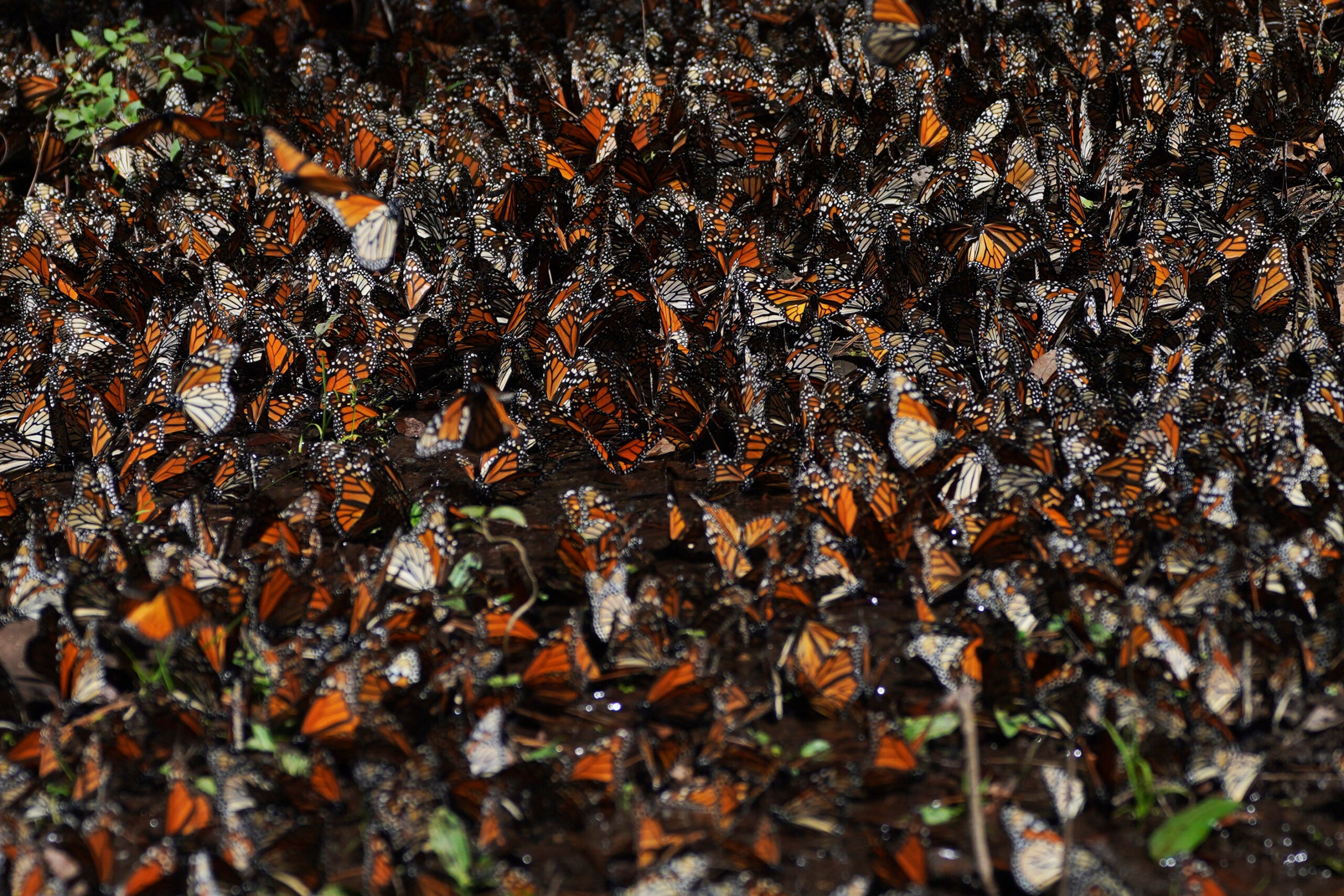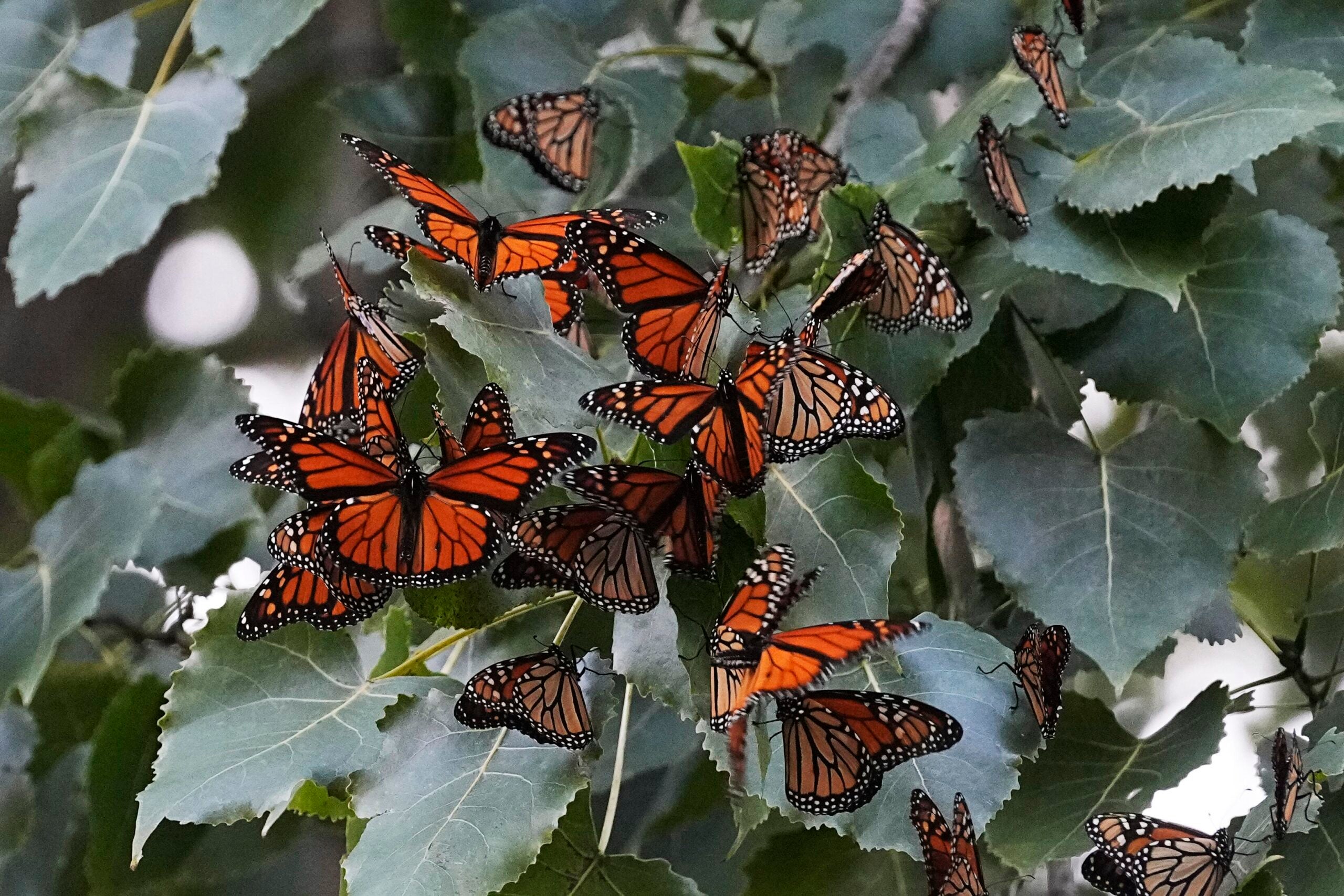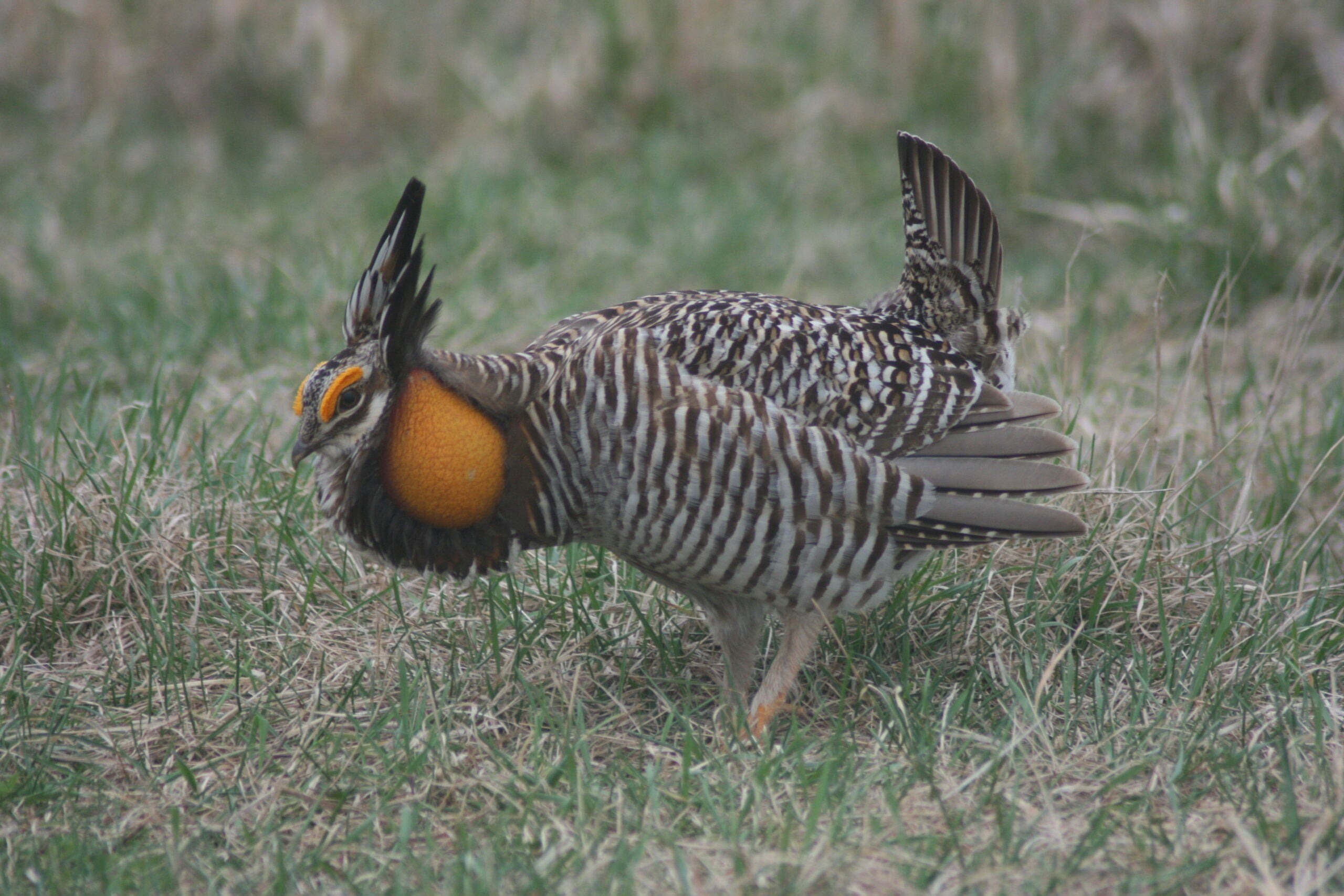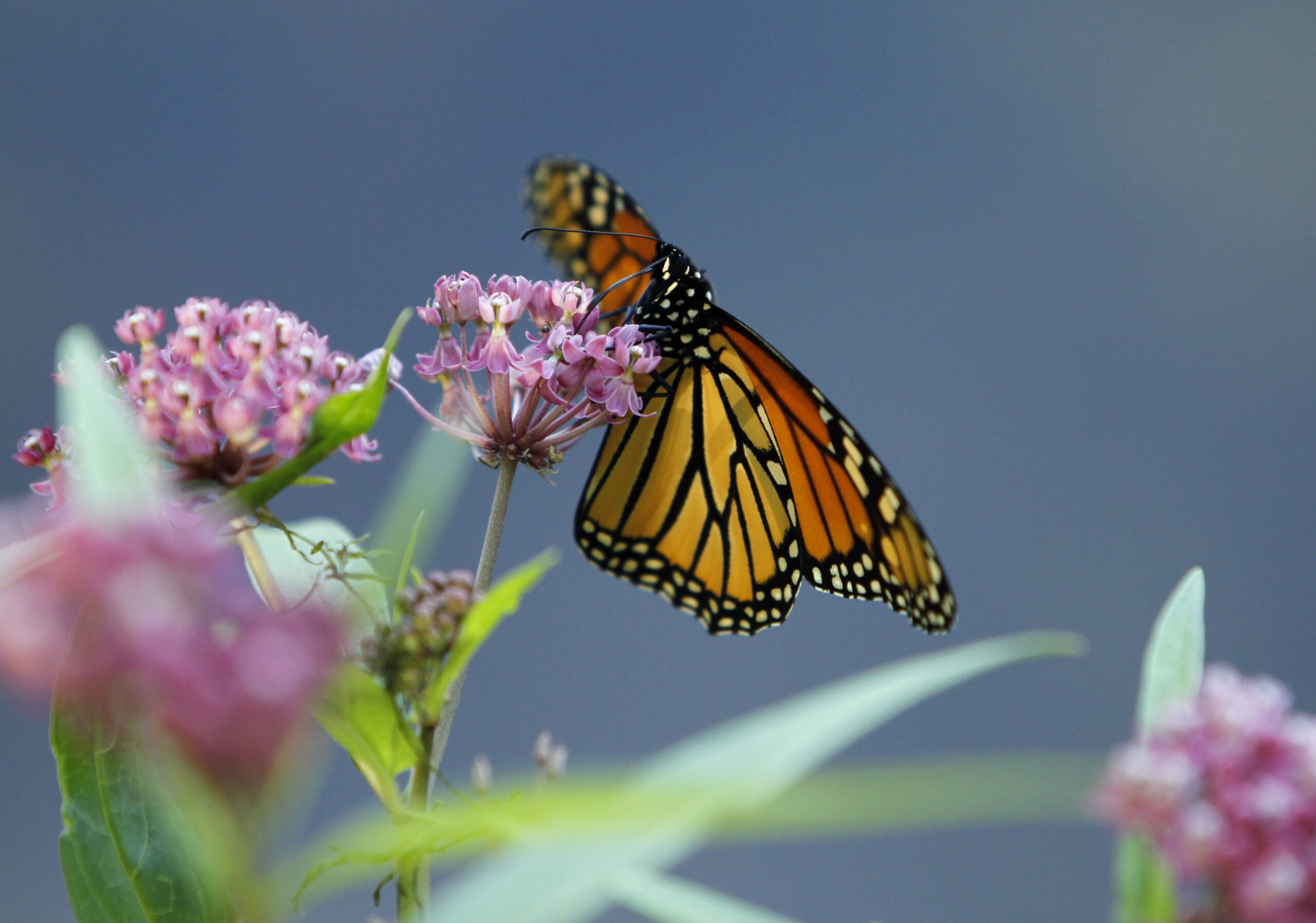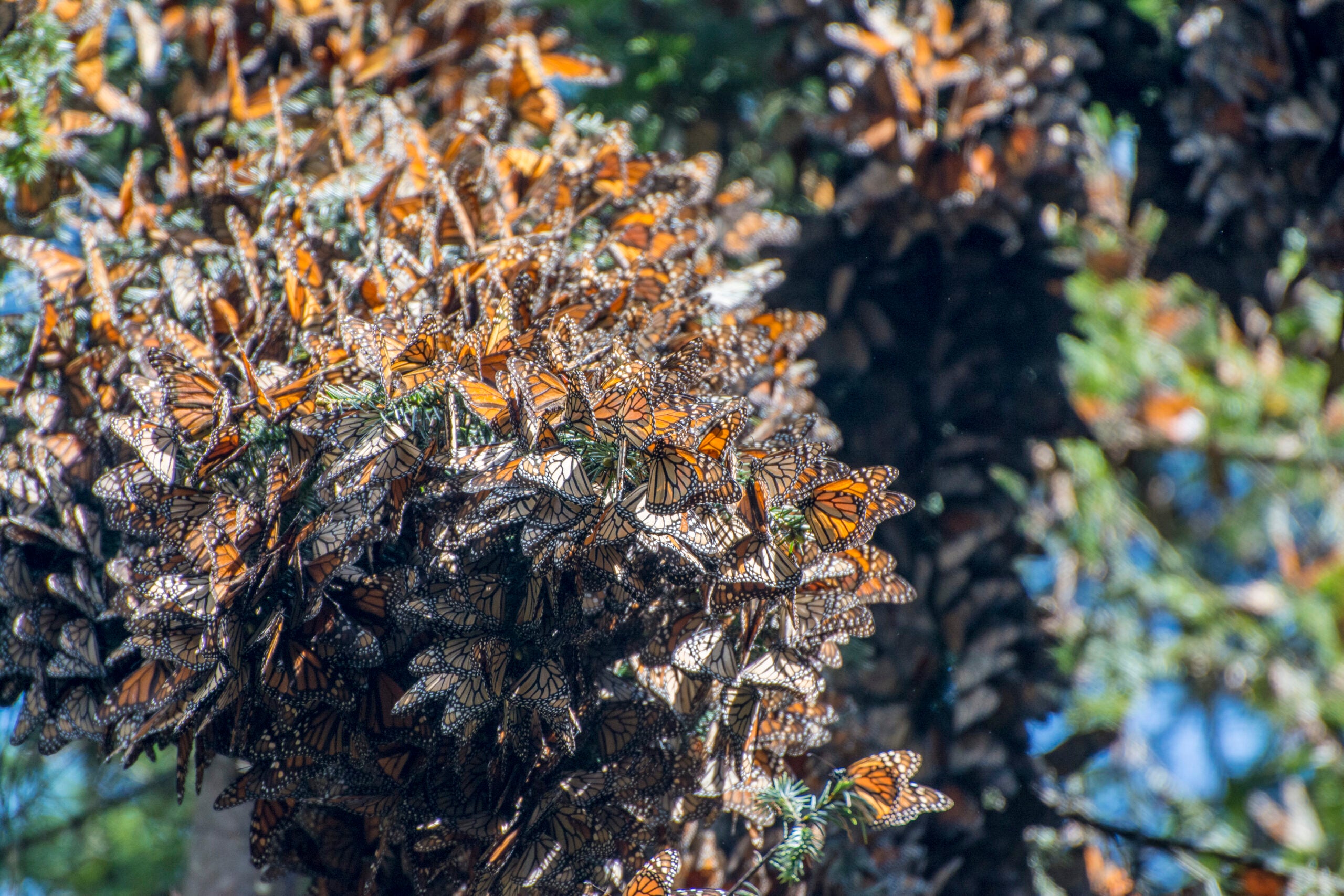Monarch butterfly populations are dwindling. An annual survey of the species overwintering in central Mexico found the second-lowest number of monarchs on record.
The butterflies migrated from southern Canada and the northern and central United States to Mexico — traveling up to 3,000 miles.
The survey by the World Wildlife Foundation measures the area they cover in their winter grounds versus a true census. This year’s estimate found the eastern monarch butterfly population only took up 2.2 acres — 59 percent less than during the 2022-2023 season. Only 2013-2014 saw a lower footprint, with 1.7 acres covered.
News with a little more humanity
WPR’s “Wisconsin Today” newsletter keeps you connected to the state you love without feeling overwhelmed. No paywall. No agenda. No corporate filter.
Karen Oberhauser is the founder and director of the Monarch Larva Monitoring Project and former director of the University of Wisconsin-Madison Arboretum.
To put 2.2 acres in perspective, she said that’s less than two football fields.
“So that means that all of the monarchs from this huge area in the northern part of the United States — imagine the northeastern quarter of the United States — all of those butterflies are in an area in Mexico right now smaller than two football fields,” Oberhauser told WPR’s “The Morning Show.”
While it’s common for insect populations to fluctuate, Oberhauser said multiple years of decline are worrying.
“The problem is, when you have a species that can go through those huge, huge fluctuations from year to year, when they’re fluctuating around a low number … that means that a big decline could drive them down so far that it would be difficult for them to recover,” she said.
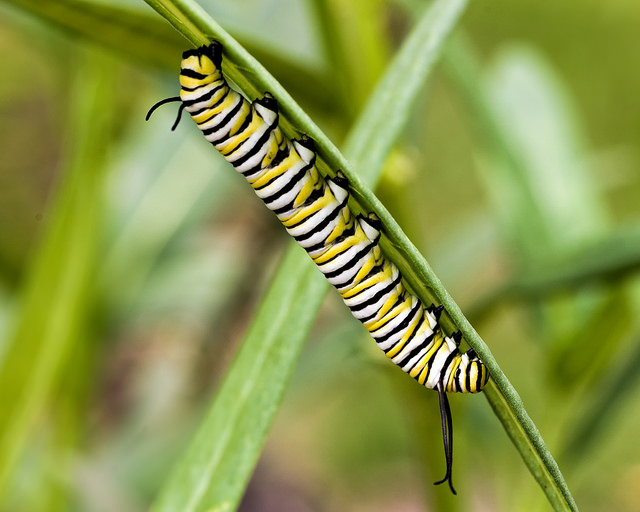
Monarch populations are extremely sensitive to high heat and drought — both of which are becoming more common with climate change. Habitat loss is also a major contributing factor to the species’ decline.
And while the annual survey is taken in Mexico, lost habitat in places like Wisconsin is even more detrimental to their success.
“We need habitat everywhere — where they breed, where they migrate and where they winter,” Oberhauser said. “But right now, the biggest correlation with monarch numbers is the amount of breeding habitat that’s been lost up here.”
Last year saw severe drought across much of the United States, including in Wisconsin. According to Oberhauser, those conditions make milkweed — a plant monarchs depend on to lay their eggs on and to eat — less nutritious. Drought also affects the plant’s ability to grow.
“It’s a huge impact,” she said. “Monarchs depend on plants. And plants, as we know, depend on rainfall.”
Oberhauser said conservation efforts to build habitat and restore breeding grounds will be key, as climate change makes extreme weather all the more likely.
Wisconsin Public Radio, © Copyright 2025, Board of Regents of the University of Wisconsin System and Wisconsin Educational Communications Board.

